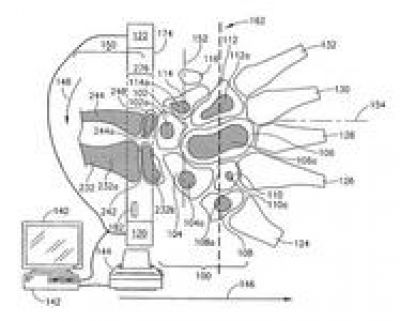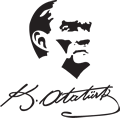Prof. Dr. Abdullah Bereket Hocamız ultrasonografik kemik yaşı ölçümleri ile ilgili bir açıklama yaptı ve konu ile ilgili son çıkan bir literatürü bizlerle paylaştı.

Prof. Dr. Abdullah Bereket 2001 yılından beri araştırma amaçlı (klinik amaçlı değil)ultarasonografik kemik yoğunluğu ölçümleri yapan bir merkez olmaları nedeni ile bu konuda oldukça sık sorularla karşılaştıklarını, geçen süre içinde ultrasonik cihazların kesinliği ile ilgili ciddi bir kuşku ve yetersizliğin dikkatlerini çektiğini ve yakın zamanda The J Pediatrics de çıkan aşağıdaki özeti sunulan çalışmada ultrasonik kemik yaşı aletlerinin klinik amaçlı kullanılmaması gerektiğinin belirtildiğini ifade etti.
J Pediatr. 2009 Feb;154(2):243-7. Epub 2008 Sep 27.
Application of ultrasound for bone age estimation in clinical practice.
Khan KM, Miller BS, Hoggard E, Somani A, Sarafoglou K.
Department of Pediatrics, University of Minnesota, Minneapolis, MN, USA.
khank@email.arizona.edu
OBJECTIVE: To assess the validity of bone age assessment by ultrasonography (US).
STUDY DESIGN: Wrist US was performed on children (n = 100) undergoing
radiographic bone age and compared with bone age estimation by a radiologist in
the clinic and by endocrinologists under blinded conditions with Greulich and
Pyle (GP) and Tanner and Whitehouse (TW3) methods. RESULTS: The strongest
correlation (r(2)) was seen in the radiographic bone age assessment between the 2
endocrinologists using the GP method (96.7%). The poorest correlation was seen
when comparing radiographic methods to US of either wrist (74.6% to 82.6%). When
bone age correlations were divided into normal, delayed or advanced, the highest
correlation between the radiographic and US methods was found in the normal bone
age group (80.9% to 86.1%) with weaker correlations for the delayed bone age
group (77.1% to 86.9%) and the advanced bone age group (62.2% to 81.1%). US
tended to overread delayed bone age and underread advanced bone age. US had poor
positive and negative predictive value for identification of a normal or delayed
bone age. The negative predictive value of US was 91% for an advanced bone age.
CONCLUSIONS: On the basis of our data, US assessment should not yet be considered
a valid replacement for radiographic bone age determination.
18-02-2015







